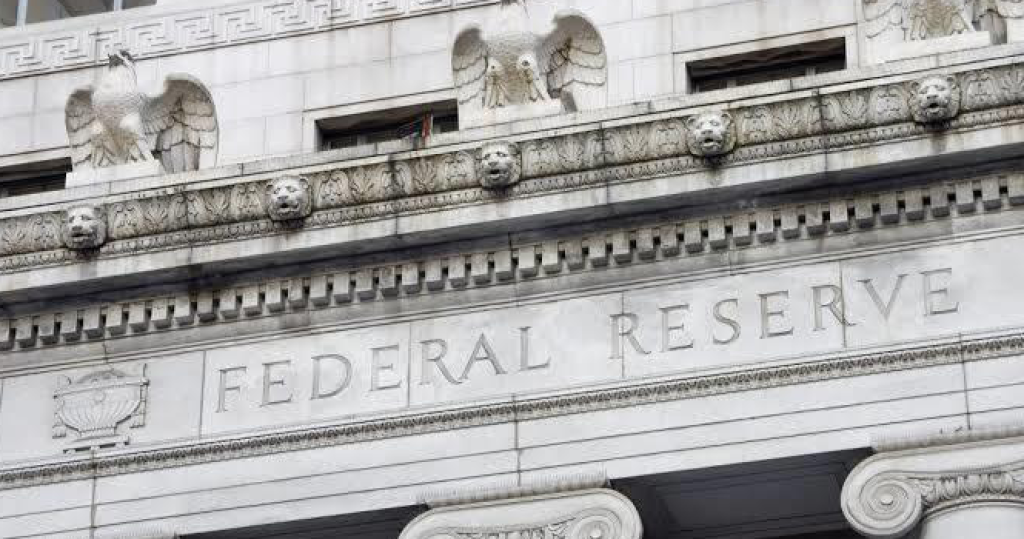The U.S. Federal Reserve’s decision to cut interest rates has sent a ripple effect across the global economy, reshaping capital flows, currency movements, and investment strategies. As the world’s most influential central bank, the Fed’s monetary policy signals are closely watched by governments, investors, and businesses worldwide. A rate cut is not just a domestic policy move – it influences everything from corporate borrowing costs to commodity prices and emerging market currencies.
The rate reduction comes amid ongoing concerns about slowing U.S. economic growth, persistent inflationary pressures, and uncertainty in global trade. While the Fed aims to stimulate economic activity and improve liquidity conditions, the impact is uneven across regions and industries. Some markets see a boost in investor confidence, while others brace for volatility and capital outflows.
To understand the broader consequences, it’s important to break down how this policy shift affects global markets, especially in Asia, Europe, and developing economies.
Impact on Global Financial Markets and Investor Sentiment
A Fed rate cut typically lowers yields on U.S. Treasury bonds and reduces returns on dollar-denominated assets. This encourages investors to seek higher yields in equities, commodities, and overseas markets. Immediately after the announcement, major stock indices in the U.S., Europe, and Asia showed positive reactions, driven by expectations of cheaper capital and stronger liquidity.
However, optimism is mixed with caution. Analysts note that the cut reflects underlying economic concerns in the U.S., including weakening consumer spending and declining manufacturing output. Global investors are weighing whether this signals a proactive move to prevent recession or a reactive measure to counter existing slowdown.
The tech, manufacturing, and energy sectors are expected to benefit the most from lower borrowing costs. Meanwhile, banks and financial institutions may face pressure on net interest margins, especially in the U.S. and Europe.
For commodity markets, a weaker dollar often supports gold and oil prices. Gold has historically rallied in rate-cut environments as investors hedge against uncertainty, while oil demand projections may improve if the cut stimulates industrial activity.
Currency Movements and Capital Flows in Emerging Markets
One of the most immediate effects of the Fed’s rate cut is a depreciation of the U.S. dollar relative to other currencies. A softer dollar generally eases pressure on emerging market currencies, which often weaken when U.S. rates are high and investors move capital back to dollar assets.
Countries like Indonesia, India, Brazil, and Malaysia could benefit from renewed capital inflows as global funds search for higher yields. A stronger local currency also reduces the burden of dollar-denominated debt, improving fiscal space and investment confidence.
However, the impact is not uniform. Some emerging markets still face inflation risks, current account deficits, and political instability. Investors remain selective, favoring economies with sound fundamentals and credible policy frameworks.
In Asia, central banks may respond with rate adjustments of their own to maintain stability. If U.S. rates fall significantly, Asian policymakers could gain more room to cut rates domestically without triggering capital flight.
That said, sudden inflows can also lead to currency volatility and asset bubbles if not managed carefully. Governments may need to strengthen macroprudential tools to balance liquidity with long-term resilience.
Implications for Trade, Debt, and Regional Growth Prospects
Lower U.S. interest rates can stimulate global trade by reducing financing costs for importers and exporters. Countries heavily reliant on commodity exports may see increased demand if global consumption recovers. Meanwhile, manufacturing hubs in Asia – including Vietnam, China, and India – could benefit from improved supply chain sentiment.
For heavily indebted nations, the policy brings temporary relief. Sovereign borrowers with significant exposure to dollar debt may face lower interest payments, freeing up budgets for infrastructure and social programs. Corporations in sectors like energy, transportation, and construction could also refinance at more favorable rates.
However, the overall growth outlook depends on whether the rate cut effectively boosts U.S. consumption and investment. If underlying economic weakness persists, global demand could remain subdued despite monetary easing.
In Europe, the European Central Bank may align its stance to avoid currency misalignment. Meanwhile, Japan continues to monitor yen movements closely, as currency appreciation could threaten export competitiveness.
For Southeast Asia, regional development banks and private investors may accelerate funding for renewable energy, logistics, and digital infrastructure – especially if capital becomes cheaper and more accessible.
Gradual Adjustment or Aggressive Easing Ahead?
Investors are watching closely to determine whether this cut marks the beginning of a new easing cycle or a one-off policy adjustment. Some economists predict additional cuts if U.S. job growth slows further and inflation remains stubborn. Others argue the Fed will proceed cautiously to avoid overstimulating markets or triggering asset bubbles.
The trajectory of future cuts will also depend on geopolitical developments, including U.S.–China trade relations, energy market disruptions, and ongoing conflicts affecting supply chains.
Financial institutions are adjusting their forecasts, while corporations revisit capital expenditure plans. Consumer spending data in the coming months will reveal whether the rate cut successfully stimulates economic activity.
If the Fed signals more aggressive easing, global liquidity could expand further, accelerating investment in emerging markets and high-growth sectors like AI, clean energy, and digital infrastructure.
Closing: Why This Moment Matters for Investors and Policymakers
A Fed interest rate cut is more than a domestic decision—it reshapes the global economic landscape. It affects currency strength, corporate strategies, trade flows, and investment portfolios. Emerging markets may gain short-term relief and fresh capital inflows, but they must remain vigilant against inflation and external shocks.
For governments and businesses, the key is anticipation and adaptation. Strategic positioning, debt management, and investment planning will determine who benefits most from this monetary shift.
As policymakers, investors, and industry leaders navigate this new chapter, one thing is clear: the Fed’s move has opened the door to renewed economic recalibration and competitive repositioning across continents.
Read More






 Monday, 01-12-25
Monday, 01-12-25







